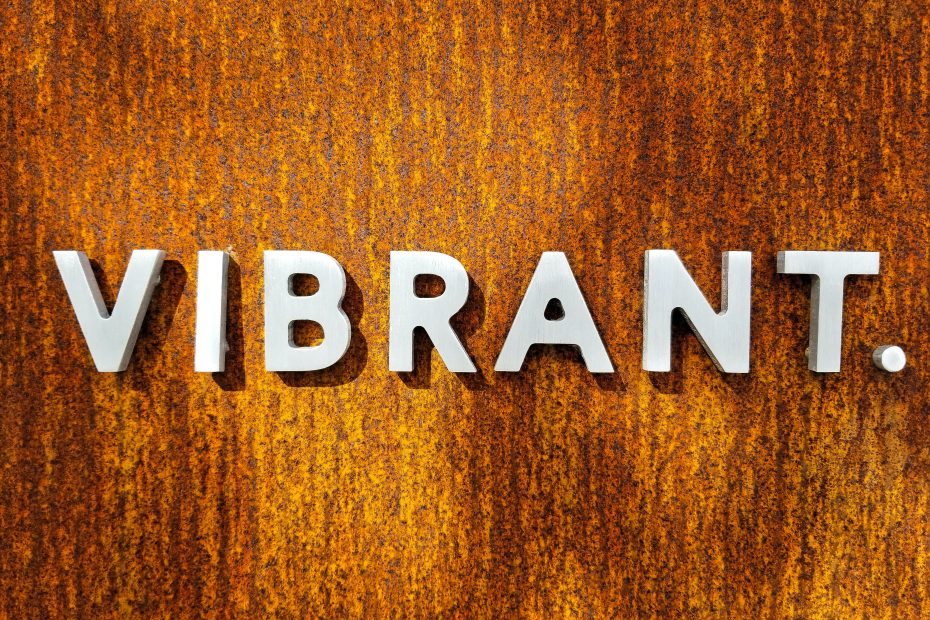Table of Contents
Introduction
From the rugged Fouta Djallon highlands to the dense rainforests of Guinea’s interior, the West African nation of Guinea boasts a rich and diverse cultural heritage. With over 20 ethnic groups calling Guinea home, this compact country packs a powerful cultural punch. Let’s embark on an exciting journey to discover Guinea’s captivating customs, traditions, food, music, and art.
Geographic Location and Population
Guinea sits on the Atlantic coast of West Africa, surrounded by Senegal, Mali, Ivory Coast, Guinea-Bissau, and Sierra Leone. This tropical nation has a population of around 13 million, with the largest ethnic groups being the Fulani, Malinke, and Susu peoples. Guinea’s capital Conakry is a bustling coastal city, while vibrant markets and remote villages dot the hilly highlands.
Languages and Religions
While French is Guinea’s official language, over 20 indigenous languages are spoken here. Fula, Malinke, and Susu are widely used local languages. Most Guineans also speak French fluently as a lingua franca.
Religious diversity thrives in Guinea. Over 85% of the population is Muslim, mainly Sunnis. However, substantial numbers of Christians and animists inhabit Guinea, tolerating each other’s beliefs peacefully. Mosques and churches stand side-by-side in Guinea’s diverse cities.
Music and Dance Traditions
From complex drum rhythms to sensuous dance moves, Guinea’s dynamic performing arts encapsulate the soul of its people. The djembe hand drum provides the heartbeat for Guinean songs, ranging from lyrical Mandingo tunes to the upbeat Mande jeli praise-singing. Intricate polyrhythms, call-and-response vocals, and improvised solos characterize Guinean music.
Dance is integral to Guinean life, vividly expressing cultural stories. The energetic Liberté dance embodies Guinea’s independence, while the Mandingo Yeke Yeke dance features colorful costumes and acrobatic moves. Smooth hip sways and rapid footsteps punctuate Guinean dance styles.
Cuisine
Rice is the staple food in Guinea, supplemented by stews, soups, fresh seafood, meat dishes, and seasonal fruits. Signature Guinean dishes include foufou (pounded cassava), mafé (peanut stew) and domodah (spicy peanut sauce with beef or fish). Vegetable and palm oil lend flavor to Guinean cooking, which shows Malian and Senegalese influences.
Open-air markets brim with fresh mangoes, bananas and pineapples, providing natural sweetness to balance the strong spices. Refreshing bissap juice made from hibiscus flowers is Guinea’s quintessential drink.
Arts and Crafts
Guinea’s diverse artistic traditions reflect its vibrant culture. Intricately patterned mudcloth is handwoven by Malinke artisans using natural dyes like indigo. Bold abstract figures and motifs adorn wooden sculptures from Guinea’s forest region.
Filigree gold jewelry glints at Conakry street markets, while Fula women braid and bead their hair in colorful styles. Artisans also craft iron tools, pottery, baskets, and musical instruments throughout Guinea. These skilled crafts embody generations of indigenous knowledge.
Festivals and Events
Guinea’s lively festivals provide rich opportunities to witness its cultural heritage. The historic Festival of the Niger in Segou draws musicians from across West Africa. Villagers don masks and costumes, performing ancient rites. Mosques and churches fill for Eid-al-Fitr and Easter celebrations. Whether joining a wedding party or watching contestants in the Miss Guinea beauty pageant, experiencing a local festival lets you savor Guinea’s flavors.
Conclusion
From the savory stews simmering in outdoor markets to the exuberant dance troupes expressing Africa’s joie de vivre, Guinea rewards visitors with intimate encounters with its captivating culture. By exploring Guinea’s diverse landscapes, meeting its welcoming people, appreciating their arts, and joining their celebrations, you’ll discover the vibrant heart and soul of this little-known West African nation.
FAQs
What are some signature Guinean musical instruments?
Some popular Guinean instruments are the djembe hand drum, the kora harp-lute, the balafon wooden xylophone, and various types of horns and rattles. Master drummers are highly respected in Guinean culture.
What fabrics and textiles are commonly used in Guinea?
Mudcloth, tie-dyed fabrics, handwoven cottons, and batik prints are frequently used in Guinean clothing, arts, and crafts. Traditional mudcloth owes its distinctive patterns to hand-painted mud designs.
What languages are most widely spoken across Guinea?
While French is the official language, the most common local languages are Fula, Malinké, and Susu. Most Guineans speak at least two or three languages fluently.
What are some key Guinean dishes and ingredients?
Rice, palm oil, peanuts, cassava, plantains, chilies, fish, and leafy greens are Guinean cuisine staples. Signature dishes include maafé peanut stew, domodah peanut sauce, and foufou pounded cassava.
What are some major cultural festivals in Guinea?
The annual Festival of the Niger features music, dancing, and theater. Eid al-Fitr and Easter are major religious celebrations. Villages have mask dances and other rituals. Conakry hosts an annual international arts festival.
